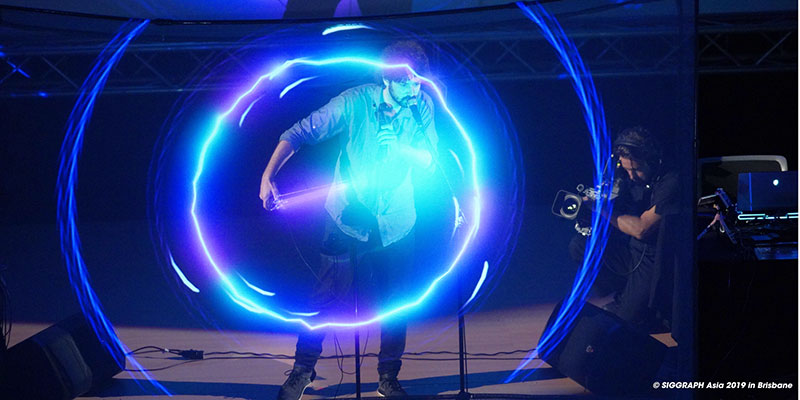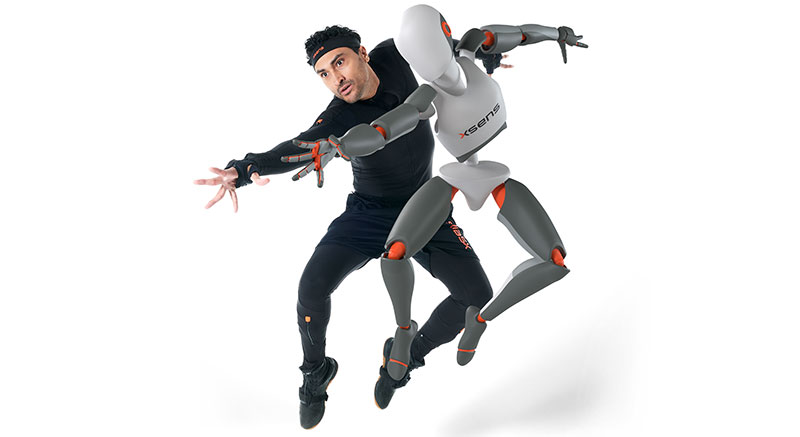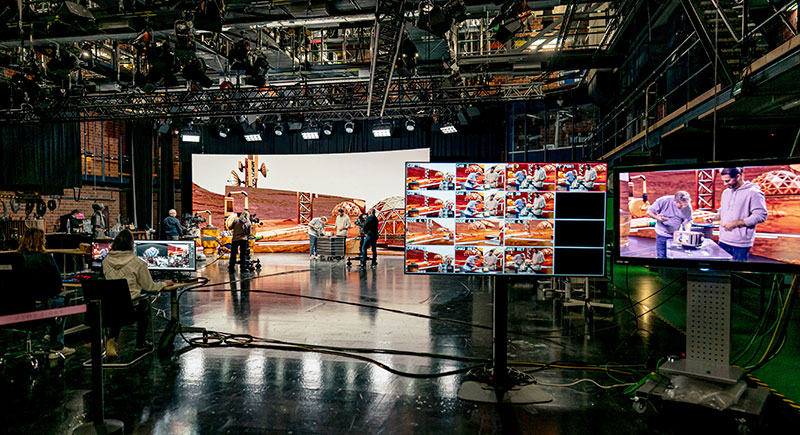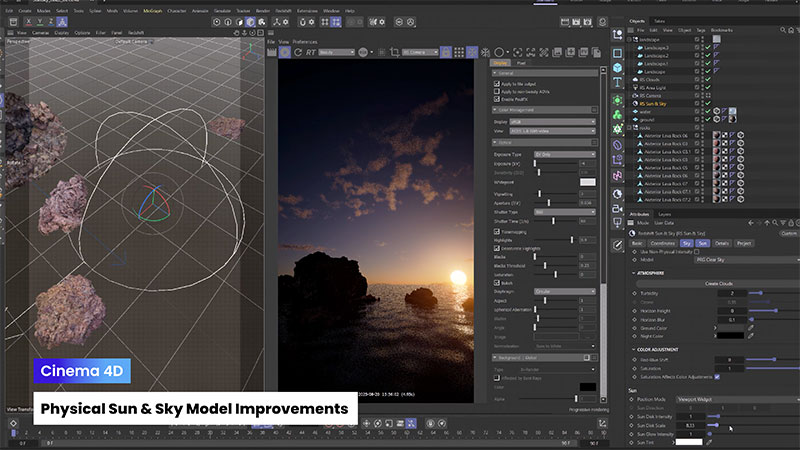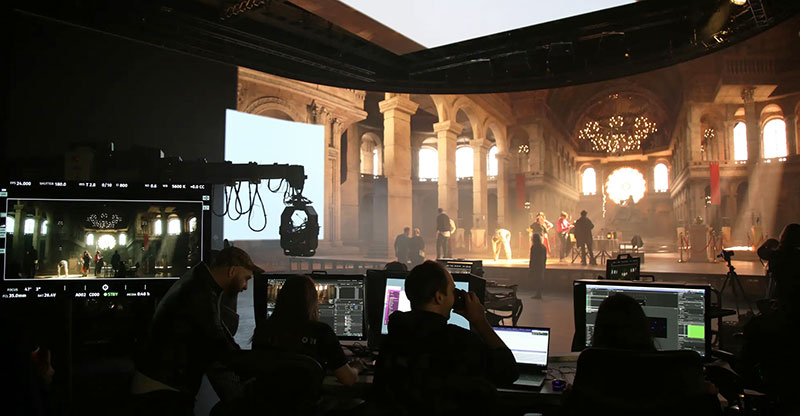Das Element, asset library software built for VFX and animation studios, now has stronger support for 3D workflows, new permission controls and improved tools for customization.
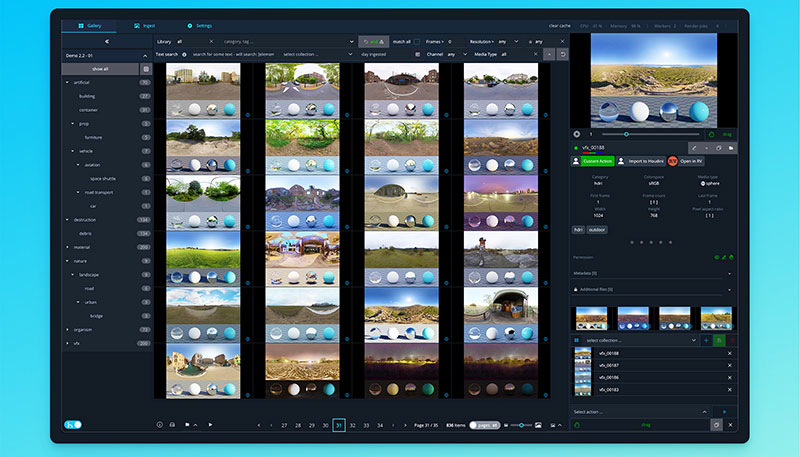
Das Element, asset library software built for VFX and animation studios, now has stronger support for 3D workflows, new permission controls and improved tools for customisation.
Its new version 2.2 release focusses on 3D library support, assisting teams that handle complex 3D models, 3D scenes, and materials and textures. To help manage complex, multi-file assets, studios can tailor the software to exact pipeline requirements - from permissions-based access to automated library set-up.
3D Pipeline Integration Updates
Entire folders can be ingested, displayed and managed as native assets. Artists can now manage entire scenes, materials and texture libraries as unified asset entities, which simplifies multi-file dependencies and nested resources.

UDIM sequences are now supported as a dedicated media type. The UDIM system divides texture space into a series of tiles in UV space. These tiles can then be encoded into different texture files, each with its own resolution. A new media type for 3D materials has been added as well, making sure of close, direct integration with USD and texture-heavy workflows.
With these improvements, 3D assets in Das Element can now reach very high levels of complexity so that the software can be used to manage large-scale environments, detailed material setups or deeply layered texture networks.
Permissions Settings
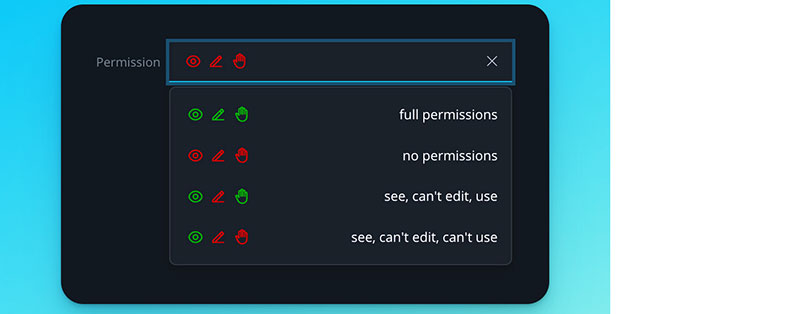
The new element-level permission settings give studios precise control over who can view, use or manage assets directly in the library. Sensitive or project-specific materials remain accessible only to the right teams.
Studios can now define the permissions and restrictions dynamically through a Python hook file (see below), allowing access rules to be tailored to production needs, from open, unrestricted use to limitations by show, series, client, as well as any custom restrictions a facility requires.
Action Hooks for Customisation

With the introduction of action hooks, studios can now extend Das Element further by adding custom buttons to the interface that trigger Python scripts. Hooks are instructions that can be inserted into a program by a compiler at compile time, often at the entrances and exits of blocks or at statement boundaries. These actions can also be run on a collection to add elements to an external content creation package, review software or similar tools.
Pipeline Integration with CLI Functionality
Das Element 2.2 introduces new command line [CLI] functionality, including the ability to create a new library, config and database directly from the command line. This improvement enables deeper integration into studio pipelines, allowing facilities to automate setups, customize configurations and adapt the asset library to work smoothly within their existing workflows.

License Management
The new version has a new License Manager that simplifies activation for individual users. Whether they are working with a local license file or connecting to a license server, artists can now manage a set-up more easily without relying on technical support. This change makes onboarding smoother and reduces set-up friction.
Gallery View and Ingest Workflows
The new version speeds up asset handling with upgrades to both the gallery view and ingest phase. For instance, metadata can now be used dynamically as path values. Gallery navigation is faster with local image caching, clearer visual indicators and improved filter controls. Previews display transparent regions on a checkerboard background and users can choose to delete only proxies without touching the original files.
The ingest process has been reorganized for clarity, defining colour space and media type for additional files. These enhancements make day-to-day asset management more efficient, accurate and useful for artists. www.das-element.com



